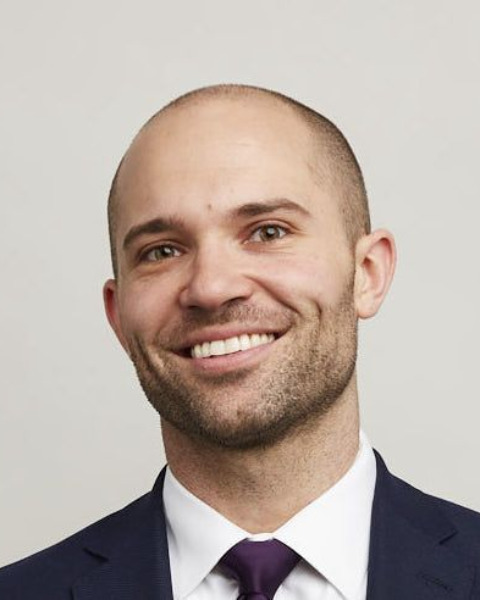Critical Care
Critical Care 4
730 - Occult Hypoxemia in Critically Ill Children: A Single Center Retrospective Study
Publication Number: 730.401

Walter Palmer, III, MD (he/him/his)
Pediatric Emergency Medicine Fellow
Children's National Health System
Washington, District of Columbia, United States
Presenting Author(s)
Background:
Oxygen saturation estimation by pulse oximetry is an essential clinical tool, influencing decision-making in nearly all medical settings. Occult hypoxemia occurs when the pulse oximeter reports a normal range oxygen while the true oxygen saturation, as measured by arterial blood gas (ABG), is low. Recent studies in adults and children have found troubling rates of occult hypoxemia. Rates in some studies approach 10% among Black patients, 3 to 4 times that of white patients. Among the few studies that describe occult hypoxemia in pediatric patients, a 10-minute cutoff is used to correlate ABG with pulse oximeter reading, a relatively wide window in which the true oxygen saturation may change.
Objective:
To determine the rate of occult hypoxemia in a cohort of pediatric patients in the intensive care unit and to describe racial and ethnic disparities in pediatric occult hypoxemia.
Design/Methods:
Single-center retrospective cross-sectional design. Cases of occult hypoxemia is identified using paired pulse oximetry (SpO2) and arterial blood gas (SaO2) oxygen saturation measurements obtained within a 2-minute interval. Patients included are those admitted to a single tertiary care children’s hospital intensive care unit in Washington, D.C. between January 1, 2015 and December 31, 2020, age 1 to 18 years. Occult hypoxemia is defined as SaO2 of 88% or less with a paired SpO2 value of 92% or greater. SaO2-SpO2 pairs were limited to one per patient, and where multiple pairs were available, we select that with lowest SaO2.
Results:
Of 444 patients who met inclusion criteria, 13 (2.9% [95% CI 1.6%, 5.0%]) had occult hypoxemia. Black patients had a rate of 2.8% (0.9%, 6.3%), Hispanic patients 2.2% (0.3%, 7.9%), and the Other group 9.7% (3.6%, 19.9%). None of the 111 white patients included had occult hypoxemia (0%, 3.3%). The age, sex and location of the occult hypoxemia group were similar to the overall study population. No cases occurred in patients with sickle cell disease.
Conclusion(s):
The rate of occult hypoxemia was 2.9 per 100 patients in this study population. By using a 2-minute correlation period, we further support previous estimates with a stricter definition of occult hypoxemia. Due to the limited number of patients with occult hypoxemia, we were unable to elucidate statistically significant racial and ethnic differences in rates of occult hypoxemia. The clinical implications of occult hypoxemia in children are not clear, but our study adds to a growing body of literature suggesting that it may be more prevalent than previously known, and that non-white patients may be at higher risk.
